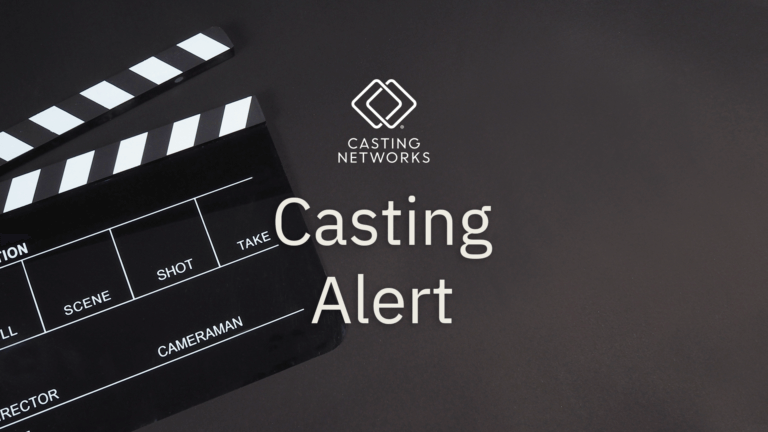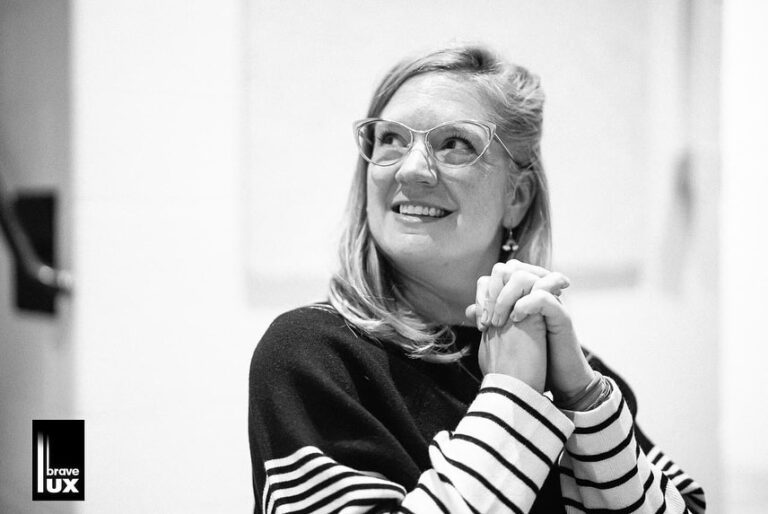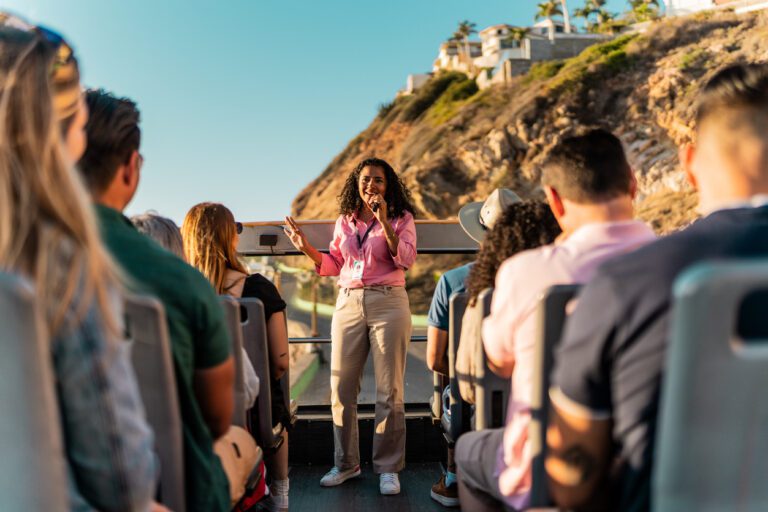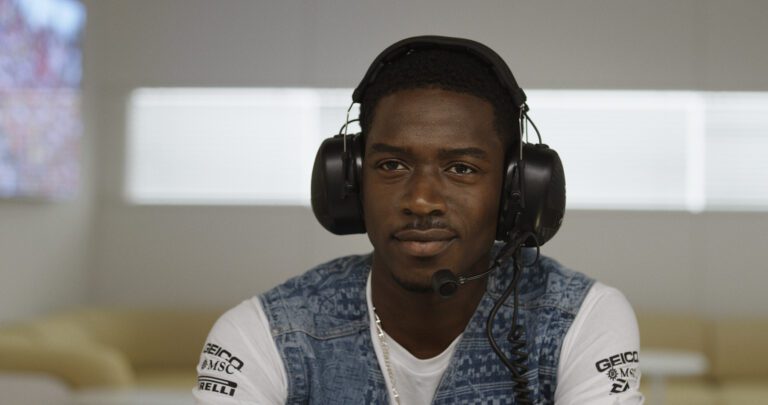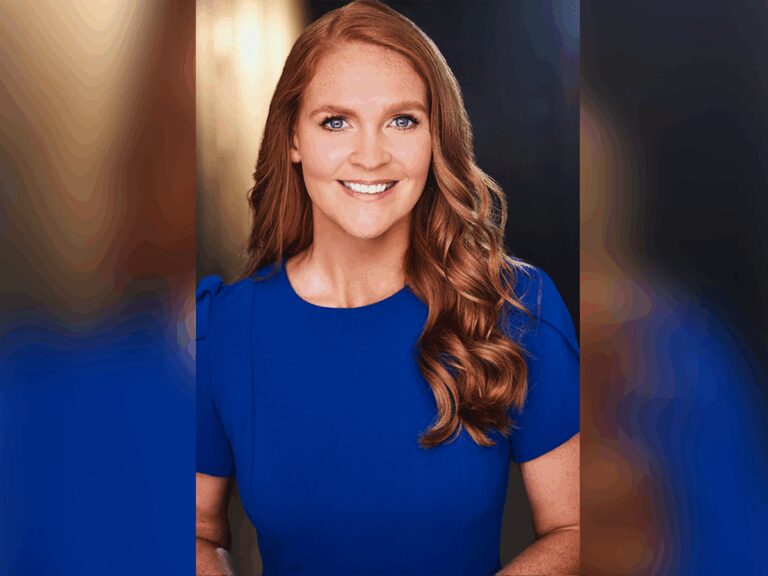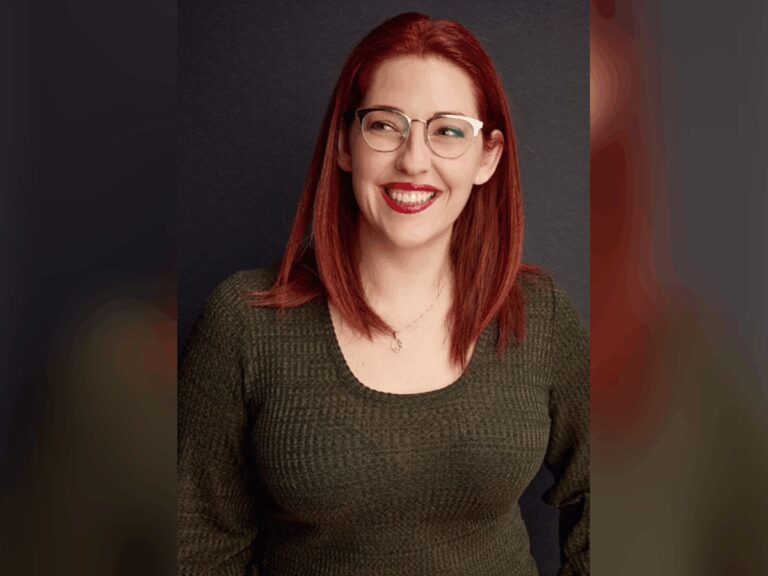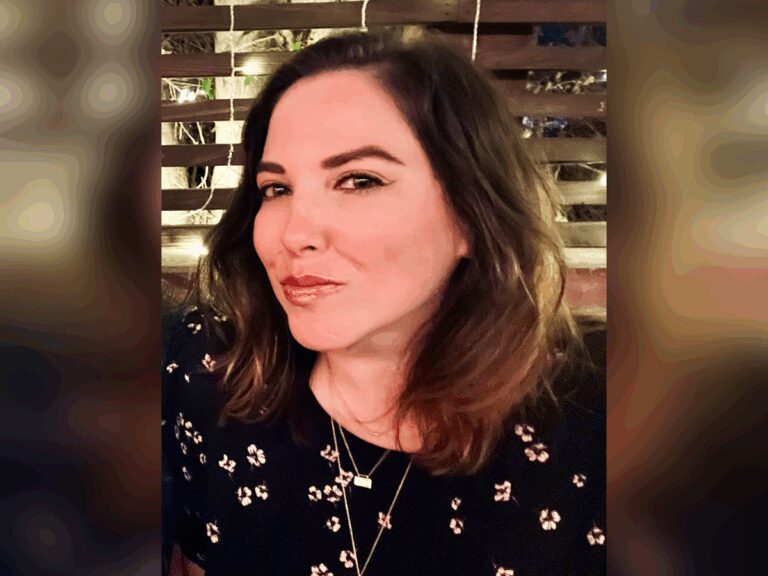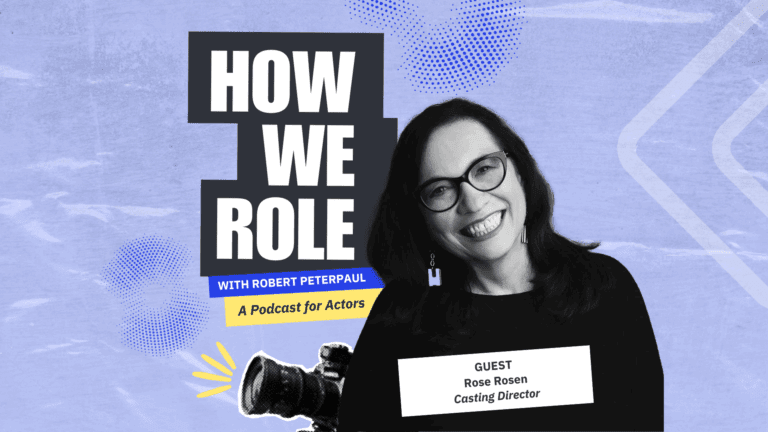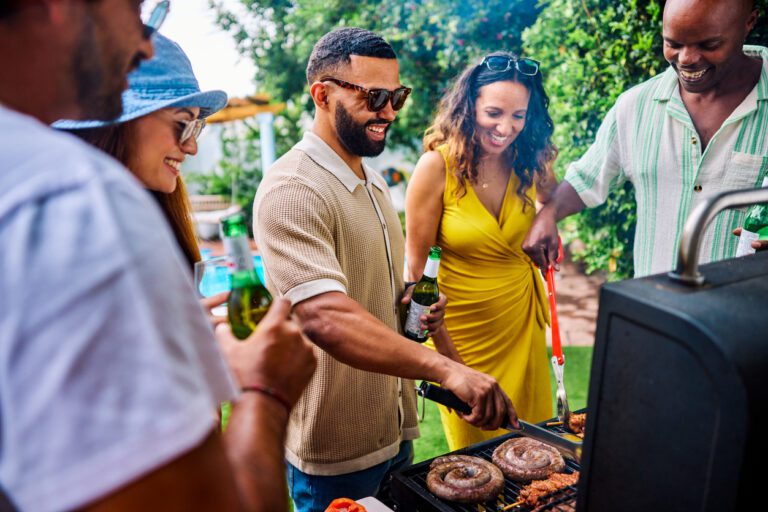Diverse and authentic casting in film and television has taken center stage in recent years, as the entertainment industry finds itself in dialogue with a new civil rights era. Taking a cue from recent social movements, productions are increasingly conscious of the need to create ensembles that not only reflect society’s diversity, but also give a voice to those who have been underrepresented on screen.
This conversation has never been more top of mind for the casting directors charged with filling roles authentically. We’ve asked film and TV casting directors Kara Sullivan and Amanda Lenker Doyle to share their thoughts on the state of diversity in casting, how rapid innovations in technology have aided their efforts and what they believe the future may hold.
Casting Director Kara Sullivan has been casting TV, film and commercial projects for over a decade. U.Z.L.A with Shawn Christian, To Pimp A Butterfly starring Bai Ling and Immigrant starring Harry Hamlin are amongst her many credits. Kara takes pride in her ethnic heritage and is a promoter of diverse casting in the industry.
Award-winning casting director Amanda Lenker Doyle has been working in film and television casting for over 15 years. Some of her favorite credits include R#J (a Romeo & Juliet story), the film We Broke Up (streaming now on Hulu), Black-ish and The Muppets for ABC, Zac & Mia for Netflix and Wayne streaming now on Amazon Prime.
How do you approach diverse, inclusive and authentic casting for your clients?
Kara:
I have been very lucky in my 18-year career that my projects are open to diverse and inclusive casting. Of course, I sometimes get projects that are based on true stories so the director needs to match the actors to the real-life characters. Diversity is wanted but may not make sense for that specific story.
In general, I am a casting director who will always encourage my producers and directors to consider all ethnicities when casting projects. At the end of the day, the final say is up to the producers and directors.
In terms of authenticity, it is important to do your best to cast authentic actors for roles that call for transgender talent, non-binary talent, specific ethnicities, etc. Keep in mind, as casting directors we always do our best to honor this, but there are instances where you have to be flexible if you have limited choices for talent as other factors could affect our pool of choices. For example, I needed a 15-year-old Middle Eastern boy for a project, but the production needed me to cast an adult due to adult materials and subject matter, and limited work hours for kids. I used every resource I had to find this role but had limited choices and had to consider another ethnicity that could work and pass for Middle Eastern.
All of this is important and we as casting directors always do our best to make this happen.
Amanda:
The approach varies based on the needs of the project, but the goal is always authenticity. Earlier this year, I cast a film that required absolute authenticity throughout as it was based on a true, very international story. Our lead was Argentinian, and in the film, he appears as a teen throughout. I was not only looking for authentic Argentinian actors, but actors to match our lead (aesthetically and in accent – Spanish and English).
We shot in Northern Italy and there were three other kids in the project that had older counterparts as well, another Argentinian and two British-Scandinavian twins. I leaned heavily on my European casting director friends – Jeannette Klintberg and Matthew Lessall really helped connect me to the right people in Europe. I did international searches via Casting Networks and Spotlight and worked with an AMAZING casting director out of Argentina, Pablo Lapadula.
It is our job to make sure we leave no stone unturned when searching for the right person. I am so grateful to have such wonderful friends across the globe who were so willing to help.
What are some of the biggest challenges and watch-outs for casting mindfully?
Kara:
Make sure the talent you choose can authentically portray the character, especially if the situation I explained above arises. Making sure you don’t rush and take the time necessary to spend a good amount with the talent that is your top picks once it comes to callbacks. In any film, you want to make sure you hire an actor who truly connects to the piece and the role so the audience is always engaged and can see that you made the right decision at the end of the day.
At the end of the day, it is about taking the time necessary to find your cast, not rushing, and if you have to pivot, cast well.
Amanda:
It is of the utmost importance to be cognizant of the overall ensemble as you work your way through the process. Guiding the team to make sure we are collectively making appropriate decisions so that at the end of the day we have a cast that is reflective of the world we live in. Sometimes we can get lost in the chaos of the process, but I try to take a step back and take a macro look at the project to make sure we are honoring both the story and the audiences that will watch.
Have technological innovations such as virtual auditions had an impact on casting diversely?
Kara:
If anything, [technology] has made it easier, as we have more access to a wider range of talent. Now you can audition from anywhere with FaceTime or Zoom. Talent can send in a self tape from anywhere in the world.
Productions can consider talent from all over and there are sites where casting directors can post notices that can be accessed and submitted to all over the world.
Amanda:
Without question. The ability to connect with, audition and meet with actors and creators across the globe virtually has absolutely opened up doors and created opportunities beyond anything I could have imagined.
When I started in the industry it all seemed so local. I was told that I couldn’t do my job unless I was on the ground in Los Angeles. That is simply not the case anymore. It is so exciting to have been able to essentially cast an international film.
There were three languages spoken on set (English, Spanish and Italian) and half of the crew was Slovenian. We were on the ground in Italy, having assembled the cast and crew virtually. We came together having not met each other in person and were able to create a beautiful piece of art in a very trying time.
I am so grateful for this shift in communication and connection. It is working and it is making what used to seem impossible very possible.
How do you see diverse casting practices evolving in the next few years?
Kara:
There is a big push for diversity, so we’ll see more diversity in projects. With SAG-AFTRA offering incentives to do embrace diversity, this will be encouragement for productions. Casting directors like myself will push for diversity and authenticity. We have started to see that a project that asks for male or female as a gender is open to transgender actors filling those roles as they want a great talent. Ethnicity-wise, productions have been more open to consider all possibilities. Authenticity will continue to be important.
Amanda:
Casting is continuously evolving. In the time that I have been working in this craft, we have gone from VHS to DVD to digital. We have gone from reading fifteen people for a role to thousands – and that is so special! The integration of technology into the practice has enabled us to search high and low for the best and most authentic human for the job. I am leaning into this new world and am so grateful that I get to meet and interact with actors all over the globe in consideration for the projects I am lucky enough to work on.
What can casting directors do to help push for change in film and TV?
Kara:
As casting directors, and me personally, we always do our best to push for diversity, at the end of the day final decisions are up to the producers and director. It is important. Authenticity as well and if circumstances make it difficult, we find talent who will honor the role, the character and culture of that role if that’s a factor.
When you get a project, suggest diverse casting to the Directors and Producers – it only gives them more great options to consider. With social media, we can continue to voice the importance of diverse casting.
Amanda:
Change starts at the source: the script. If we are casting fictionalized characters (not based on real people) then there is always an opportunity to make sure the ensemble is reflective of the world we live in. Casting directors are and have always been at the forefront of this conversation. The very first thing we do when assessing a script is identify how we can help to make it feel real – and by that I mean, how can we make sure everyone watching feels seen?
Ready to start casting your film and TV projects? Casting Networks helps casting directors find talent all around the world. Get started for free today.



